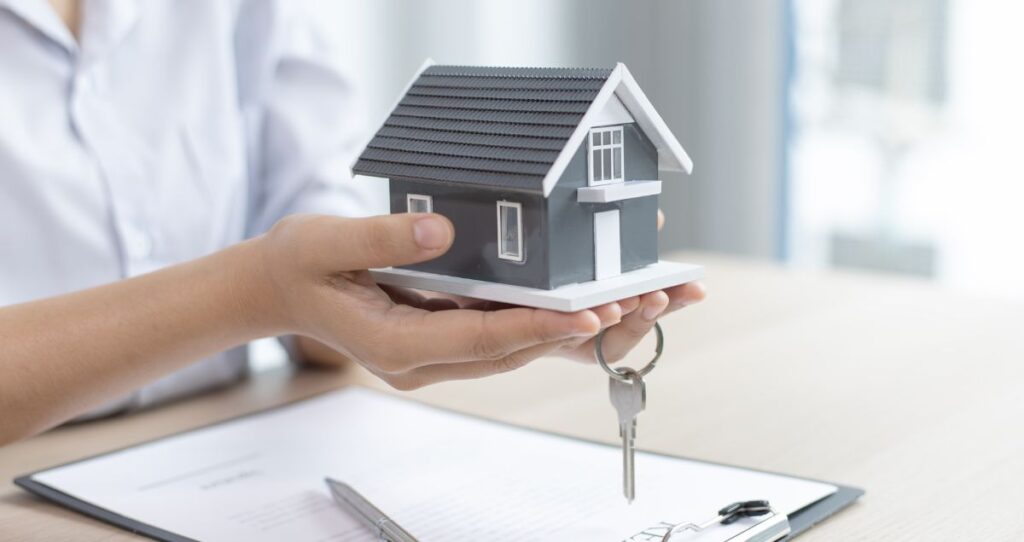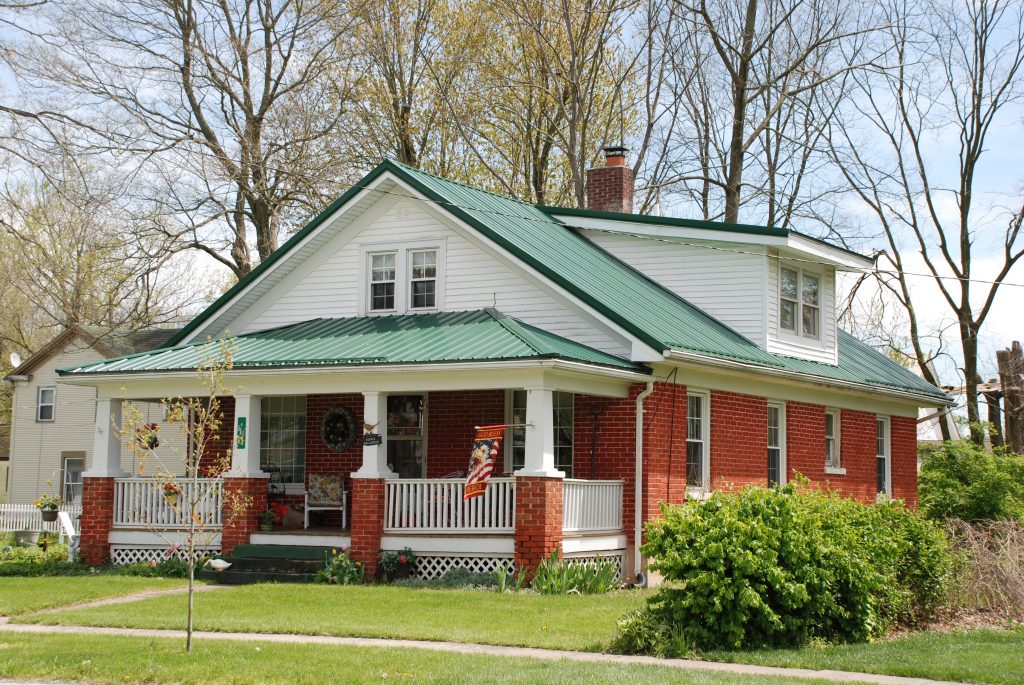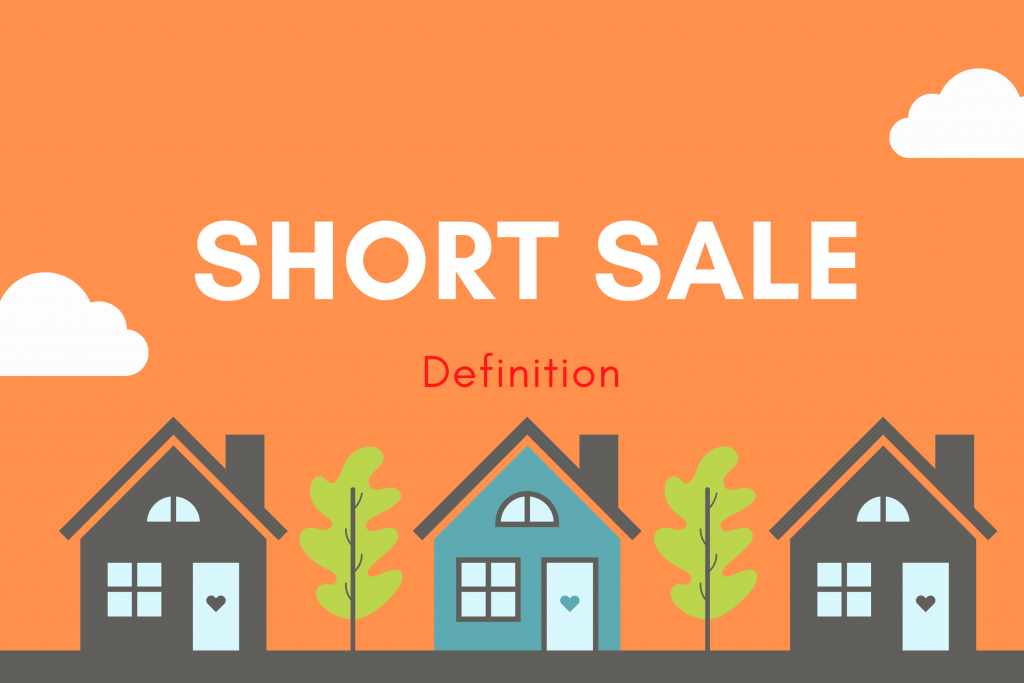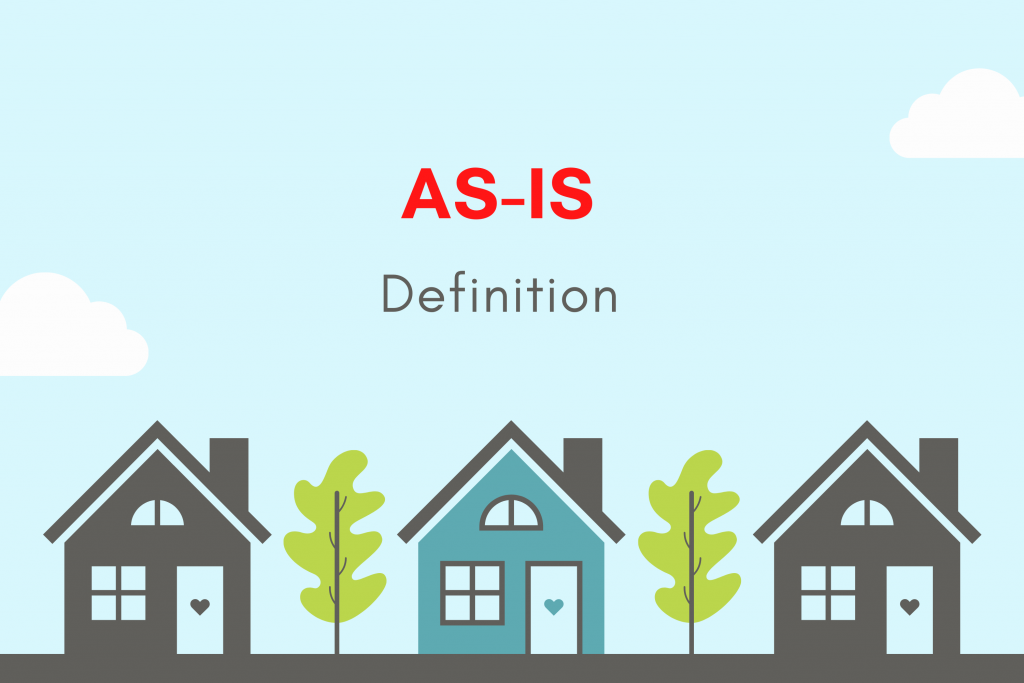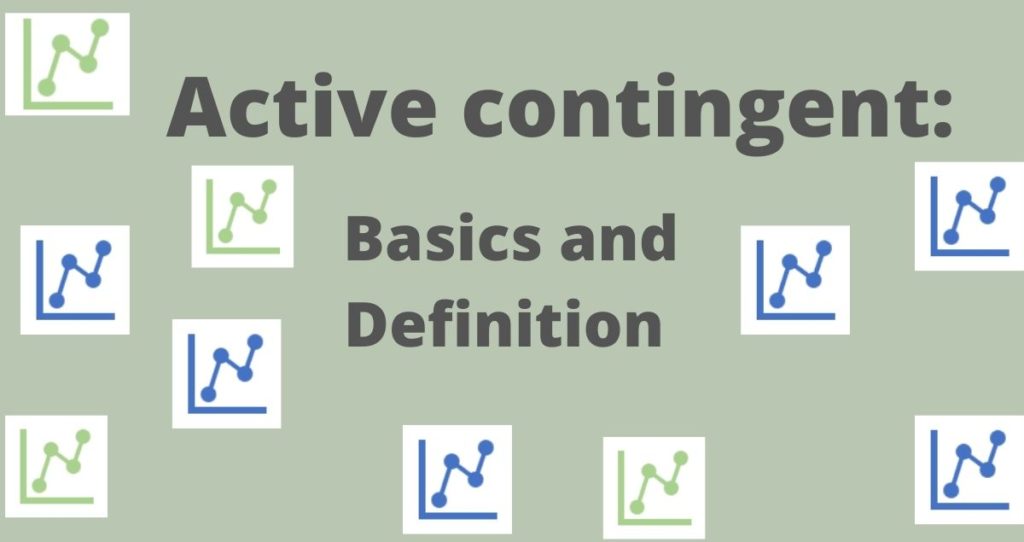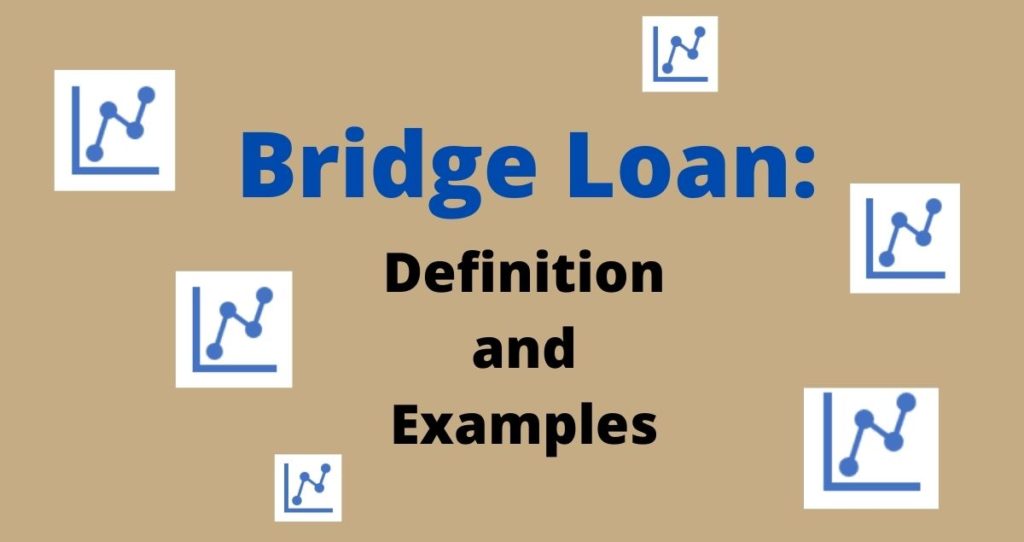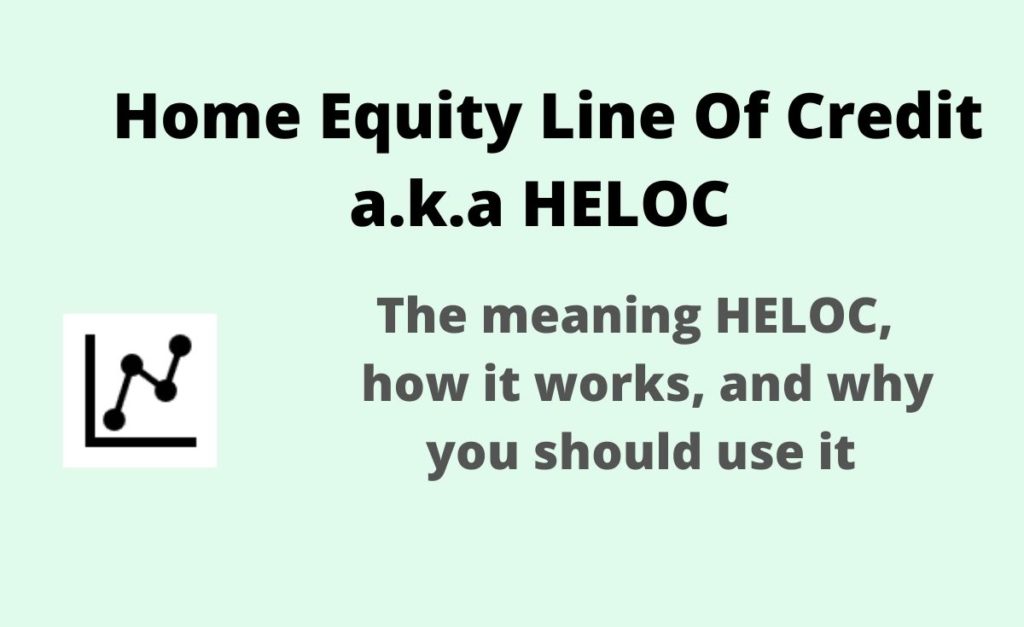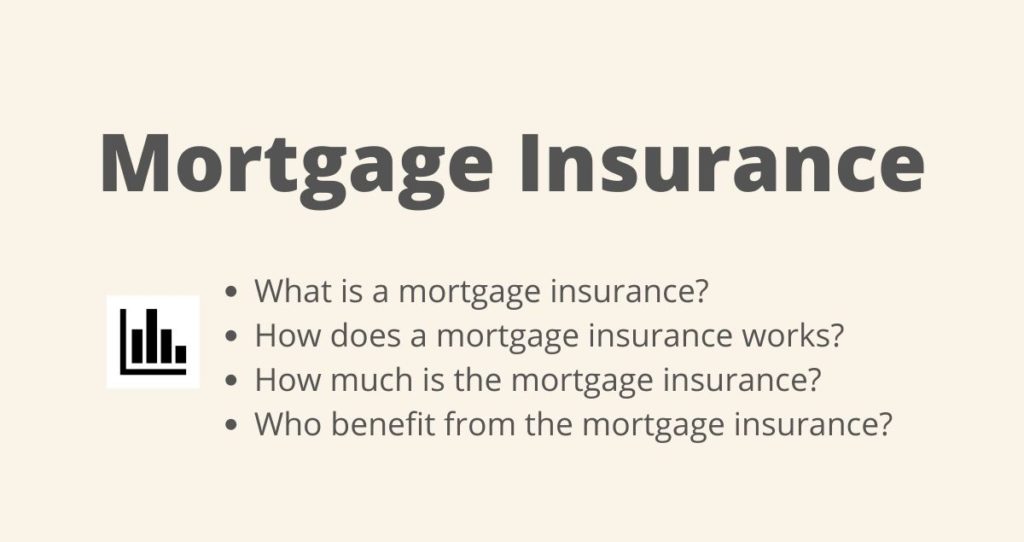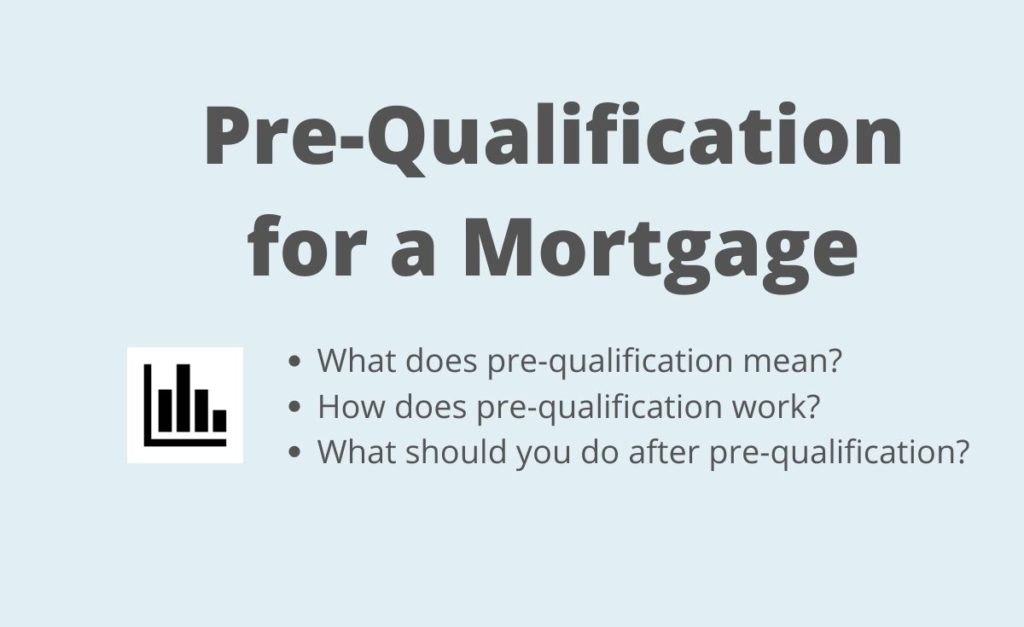Are you tired of playing a guessing game when it comes to determining how much home you can afford? Buying a house and maintaining it is not an easy process and can be risky. Without proper planning and careful budgeting for your home purchase, you could easily default on your mortgage and put your finances in jeopardy. According to PR Newswire, in the first quarter of 2023, the foreclosure rate was 8% higher than the previous quarter and 6% higher than the previous year. This rise in foreclosure rates is a direct indication of unfavorable market conditions for buyers.
On top of these high foreclosure rates, mortgage rates are also too high to even think about buying a house with 7.74%, 7.44%, and 6.88% for 30-year, 20-year, and 15-year fixed-rate mortgages respectively, according to Business Insider. To top off these statistics, home values are almost 50% or higher than what they were a few years ago. According to The Guardian, the data from Zillow shows that a typical U.S. home that was costing $230,000 in 2020 was costing over $330,000 in 2022.
These statistics simply show that now is not a good time to buy a house. But, if you must buy a house, then, it is more than ever to approach the home-buying process carefully. To avoid surprises down the road or defaulting on your mortgage, it is critical to determine how much house you can afford before you initiate the buying process.
If you are planning to buy a house, here is a step-by-step guide to determine how much house you can afford and avoid defaulting on your loan in the future.
How much home can I afford?
While there are many factors to consider when calculating how much house you can afford, the house you buy should align with your financial means. If buying a house automatically threatens your financial stability and causes you financial stress, then it is too expensive.
Before we calculate how much house you can afford to buy, let’s evaluate factors that affect your house’s affordability.
What are the factors that impact my home affordability
Many people believe that their income alone dictates how much house they can afford. But in reality, house affordability depends on many factors. Factors such as debt-to-income ratio, down payment amount, and credit score play significant roles in determining how much home you can afford.
Let’s evaluate home affordability factors in more detail.
- Debt-to-income ratio (DTI). This ratio compares your monthly debt payments to your gross monthly income and helps lenders assess your ability to manage additional mortgage expenses. Ideally, a DTI below 28% is favorable, as it indicates that you have sufficient income to cover your debts and future mortgage payments.
- The down payment amount. While it’s tempting to aim for the minimum down payment required, as a buyer, you should recognize that a larger down payment significantly impacts how much home you can afford. Not only does a higher down payment reduce the overall loan amount, but it also strengthens your loan application and can lead to better interest rates.
- Credit score. Lenders typically use credit scores to evaluate the risk associated with lending you money. The better your credit score, the more likely you are to secure favorable loan terms and interest rates.
- Your budget. Just because you have a large down payment, a good credit score, and a favorable DTI ratio, you still need to establish a budget and look for houses that meet your requirements. Buying a bigger house than you need will only cost you money in interest charges, costly insurance, and higher property tax while the space is not being utilized at full capacity.
- Your income. How much you make directly affects how much house you can afford. Lenders usually want to know that you make enough money to cover your monthly payments. Most people use their traditional jobs as proof of income but you can also use passive incomes in the form of interest payments, dividends, loyalty, etc.
Related post: How to save for a down payment?
How much house can I afford to buy?
When it comes to calculating how much house you can afford, things can be tricky. This is because the house you can afford is not just what you qualify for. You still need to make sure that you will meet all financial obligations that come with the home.
Here is a step-by-step guide to help you calculate how much house you can afford.
Step 1. Use the 25% rule
This rule suggests that you should not spend more than 25% of your net pay toward your monthly payments. At this step, all you have to do is check your take-home money from your pay stub. Let’s assume that you make $6,000 and your take home is $4,500. Your job is now to calculate the 25% of $4,500 (your net income) which turns out to be $1,125. That is your mortgage payment should not be more than $1,125 every month. If we only focus on the 25% rule, for example, you can afford to buy a $144,858 house in Miami. Keep in mind that these numbers will differ based on the location and other affordability factors we talked about above.
This payment includes the principal, interest, tax, and insurance known as PITI. However, the payment does not include the down payment, overhead costs, and closing costs which I will discuss in the next few paragraphs.
Step 2. Have the required down payment
The reduce the cost of buying your house, it is best to have a sizeable down payment. At the end of the day, the down payment is one of many factors that will affect how much house you afford. Conventional mortgages require a 20% down payment to avoid private mortgage insurance(PMI) which protects the lender in case you default on your loan.
Let’s assume that you are buying a $144,858. In this case, your down payment will be $28,971.6 for a conventional mortgage. Keep in mind that some lenders might accept as low as 10% in down payment but will require a PMI. You can also take advantage of the first home buy program to put down as little as 3.5%. Keep in mind that the lower the down payment, the higher your loan value which in the end will result in a higher monthly payment.
Related posts:
Step 3. Use your DTI ratio to calculate how much home you can afford
The DTI ratio compares your monthly debt payment with your monthly gross income. Assuming that your gross income is $6,000 and your current monthly debt payment is $2,000, your DTI ratio would be 33% ($2,000/$6,000). To calculate how much your monthly mortgage payment should be, just multiply your gross income by your DTI ratio. In this example, multiply $6,000 by 33% which will yield $1,980 every month. Your monthly housing expense should not exceed $1,980 if you make $6,000 and your DTI ratio is 33%.
If you plug your monthly payment into an online house affordability calculator of your choosing, you will see that you can afford to buy a $266,425 home.
Keep in mind that these calculations are only based on the DTI ratio without considering other affordability factors.
Step 3. Estimate the closing costs
Besides the down payment, you also have to pay closing costs. Ideally, closing costs range between 3% to 6% of the purchase price. Closing costs cover the following:
- Appraisal
- Origination fee
- Title Search
- Inspection fee
- Attorney fee
- property tax
- Mortgage Insurance
- Credit reports
- Survey services fees
- Related government reporting fees, etc.
When estimating the budget for your house, make sure that closing costs are accounted for. Your real estate agent or mortgage provider can also help you estimate these costs due at the closing date. If you are buying a $300,000 home and you are paying 5% in closing costs, for example, you should expect to pay around $15,000 in closing costs. These closing costs should be added to your down payment to calculate your closing costs. We can assume that you will have a 20% down payment for a conventional mortgage which in this case will be $60,000. Adding both together yields $75,000 in upfront costs.
In case you are sharing the commission with the seller(in rare cases), your percentage will also be added to the closing costs we just calculated. The commission is usually 5% to 6% of the purchase price which is split between both agents.
Related: What are the upfront costs in real estate?
Step 4. Remember the cost of owning and maintaining the house
To further estimate how much house you can afford, also consider the ongoing costs of owning and maintaining the house. Most homebuyers get excited about being homeowners but forget that the house comes with extra costs. Unlike renting where you pay a fraction of the cost for repair and utility due to having a small space, being a homeowner comes with more costs.
Here are ongoing costs to budget for when estimating how much house you can afford.
- Maintainance. Very often things in your house will break and you will need to replace them. While it is difficult to know what will break and how much it will cost, you should have money set aside to cover emergency repairs.
- Expensive utility expenses. Owning a home also means that your utility bill will be much higher. After buying the house, you will no longer pay $20 for electricity or $10 for water. Your electricity bill will be hundreds of dollars depending on where you live, the size of your home, and the number of occupancy in the house.
- HOA fee. Where applicable, the HOA fees will be mandatory for your property and will be due monthly or quarterly based on your homeowner’s association terms. HOA fees are usually a few hundred dollars but can be in thousands of dollars depending on the location.
- Making upgrades. If you have purchased a fixer-upper or want to make some improvements such as kitchen repair, or bathroom remodel, these costs must be accounted for.
- Insurance. Even if your house is fully paid for, you still need to have homeowners insurance which will depend on the value of your home and its location.
- Property tax. Property tax is mandatory unless you are exempt from the government which rarely happens. Failure to pay property tax can easily lead to losing your home even if it is fully paid off. I guess the home is not yours after all. The government has a lien on it through property tax.
How much mortgage payment can I afford?
Before you even consider buying a house, it is best to know how much mortgage you can afford. The bad news is that there is no single formula that fits everyone. But, your mortgage payment should not be more than 25% of your take-home paycheck. If you have other debts such as car loans, credit card debts, and student loans, however, 25% of your paycheck might be too much for your mortgage payments.
One mortgage estimation that I like the most is from a famous book called, The Millionaire Next Door by Thomas J. Stanly, PhD, and William D. Danko, PhD. In the book, they suggested that your mortgage should not be more than twice your gross income. For example, if you make $75,000 a year, the highest amount you can borrow to ensure financial stability and meet other financial obligations is $150,000 in mortgage.
Based on this theory, to buy $300,000, you would need to come up with a $150,000 down payment if you make $75,000. Otherwise, buying a cheaper home will be your best option.
The cheaper the home, the lower the mortgage balance. This allows you to have a lower monthly payment and you can pay off the house faster if you want.
Avoid common misconceptions
To fully understand how much home you can afford, you also need to avoid common misconceptions among buyers. Here are two common myths that many home buyers fall for and regret later.
- One common misconception is that the purchase price is the only significant cost when buying a home. While the purchase price is certainly a major factor, it’s essential to factor in other expenses such as property taxes, homeowners’ insurance, and maintenance costs. Property taxes can vary significantly depending on the location and value of the home, and insurance costs can add up over time. Additionally, regular maintenance and repairs are inevitable expenses that should be included in your budget.
- Another misconception is overlooking potential homeowners association (HOA) fees. If you’re considering purchasing a home in a neighborhood or community with an HOA, be aware that there may be additional fees required for the maintenance of shared amenities or common areas. These fees can vary widely and should be taken into consideration when determining your overall affordability.
You might also like: How to buy a house step by step?
How much house can I afford with an FHA loan?
FHA loans are popular among millions of buyers due to requiring a lower down payment. A typical down payment for FHA fees can be as low as 3.5% which makes these loans stand out compared to 20% payment for conventional loans to avoid PMIs.
So, how much house can you afford with an FHA loan? To answer this question, you still need to evaluate factors such as DTI ratio, credit score, down payment, income, closing costs, and homeownership overhead expenses. I have detailed these points above. As a rule of thumb, your FHA loan monthly payment should not be more than 25% of your take-home paycheck.
In addition to these factors, you also need to consider private mortgage insurance(PMI) which is an insurance imposed by lenders when you have less than 20% down payment. This insurance can also make your monthly payment expensive.
Putting less money down when purchasing a house means that your mortgage payment will be much higher which will come with a higher monthly payment. That is not putting more money down, makes your house expensive. As a rule of thumb, buy a cheaper house when using FHA loans and make sure you have money saved on the side in case you need it down the road.
How much house can I afford with a conventional loan?
When it comes to determining how much house you can afford with a conventional loan, there are a few key factors to consider. Like an FHA loan, you’ll need to consider your down payment and closing costs. However, with a conventional loan, the requirements may differ.
Let’s start with the down payment. While FHA loans typically require a minimum down payment of 3.5%, conventional loans may require a higher down payment, often around 5% to 20% of the home’s purchase price. This means that if you’re looking to buy a $300,000 home, you could need a down payment ranging from $15,000 to $60,000.
In addition to the down payment, you’ll also need to consider closing costs. These fees are associated with finalizing the purchase of your home and can include things like appraisal fees, title insurance, and loan origination fees. While closing costs can vary, they typically range from 2% to 6% of the purchase price.
Most lenders also require that you purchase a PMI when your down payment is less than 20%. Additionally, you should take into account other debts you have such as car loans and credit card balances. Additionally, make sure that your mortgage monthly payments will not be more than 25% of your income.
What is the ideal down payment on a house?
The down payment on a house is a significant initial investment that can affect both your monthly mortgage payments and the overall cost of homeownership. Typically, a 20% down payment has been considered the gold standard. This percentage allows you to avoid private mortgage insurance (PMI), which is typically required for buyers who put down less than 20%. PMI adds an extra cost to your monthly payments and can increase the overall price of your loan.
However, you should recognize that a 20% down payment is not always feasible for everyone. Fortunately, there are alternative options to consider. For example, some loan programs allow for a smaller down payment, such as 10%, 5%, or even as low as 3%. These lower down payment options enable more people to enter the housing market and become homeowners.
While a smaller down payment may be attractive, it’s essential to carefully evaluate the potential implications. A lower down payment means a higher loan amount, resulting in larger monthly mortgage payments. It also means being subject to PMI, which is an unnecessary expense.
How big of a house can you afford based on salary?
Relying on salary from your 9 to 5 job to pay off your home can sometimes be risky. This is because as soon as you lose your job, you also lose the ability to pay off your monthly payment which leads to defaulting on your loan and a foreclosure. That is why to figure out how big of a house you can afford based on salary, you need to take a comprehensive look at your financial picture. Your salary is a crucial determining factor that sets the boundaries for your home-buying journey. The larger your salary, the more options you may have when it comes to choosing a bigger and more spacious house.
Additionally, salary is not the sole indicator of how much house you can afford. Other financial obligations, such as existing debts and monthly expenses, must also be considered.
Finally, you need to take into account the actual space you need. Most people become emotional and buy bigger homes than they need which leads to spending more money than necessary. For example, it would not make financial sense for a family of two to purchase a 5B5B home.
For these reasons, the house you buy should meet both your accommodation needs and financial situation. In case you have not saved enough money, renting or staying with a family member might be a good option while saving for a down payment.
How much house can you afford on a $70,000 salary?
To give you an idea of how much house you can afford, let’s consider a few examples starting with $70,000.
While $70,000 is a respectable salary, it’s necessary to remember that home affordability depends on individual circumstances and financial goals. For some, a $70,000 salary might come with a comfortable mortgage payment, while for others it might require more careful budgeting and consideration of additional expenses.
If we use the rule of 25%, your monthly payment should not be more than 25% of your salary. In this case, 25% of your salary will be $1,458. If you plug this number into an online affordability calculator, you will come up with $180,000. If you make a $70,000 salary, you will afford a $180,000 home. For this house, you will need a $36,000(20%) down payment for a conventional loan with a loan amount of $144,000.
These calculations also align with the second rule we discussed where you cannot borrow more than 2 times your salary. With this strategy, the loan amount you can take should be at most $140,000. To buy the same house, you would need to find $40,000 in a down payment.
How much house can I afford when making $40,000 a year?
If your annual income is $40,000, it’s crucial to approach the buying process with careful consideration. This salary level requires a more cautious and realistic approach to calculating the size of the house you can afford.
To determine a suitable budget, start with the 25% rule where you should not spend more than 25% of your income on housing. Based on this rule, a yearly income of $40,000 would allow you to allocate $10,000 per year, or $833 per month, towards housing costs. With this monthly payment, you can afford a home that is worth $100k to $160k. Let’s assume that the bank approved you for 140,000. To avoid borrowing too much, you should come up with a $28,000(20%) down payment together with $2,800 to $8,400 in closing costs.
Additionally, you need to factor in overhead expenses, such as taxes, insurance, and maintenance when determining the true cost of homeownership. These additional costs can quickly add up and they should be considered when determining the size of the house you can afford.
Furthermore, consider existing debts and financial obligations. Lenders often evaluate your debt-to-income ratio when assessing your ability to afford a mortgage.
